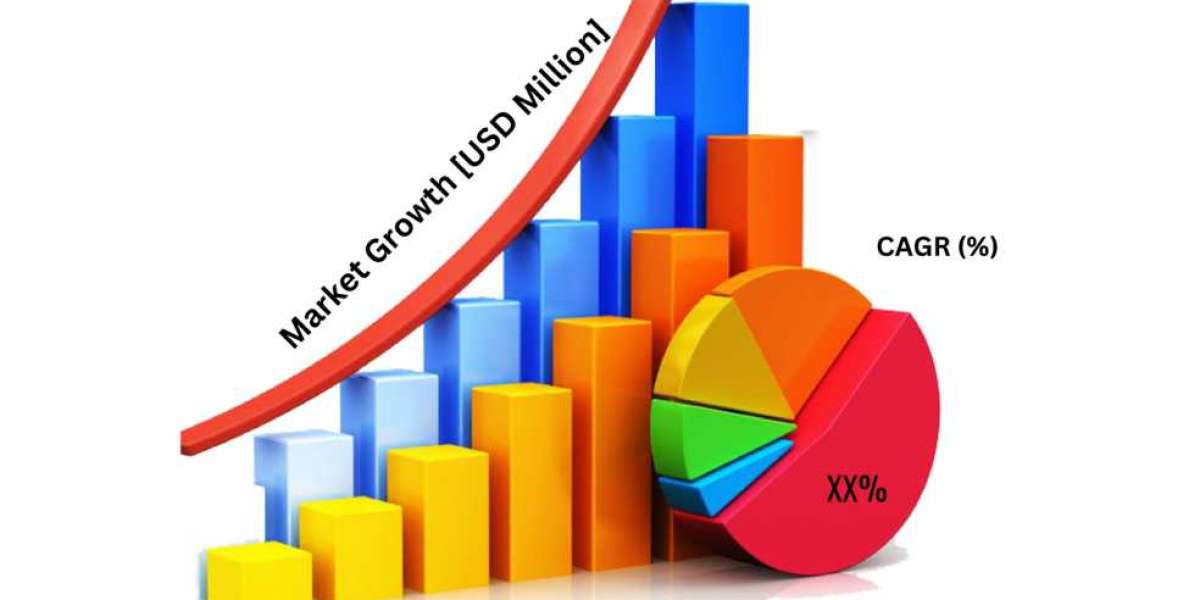Old home videos stored on VHS to digital tapes are treasures—timeless memories of birthdays, weddings, childhood milestones, and family gatherings. However, VHS is an outdated format, and those tapes are slowly deteriorating.
The Need for Digital Preservation
1. VHS Tapes Are Decaying
Magnetic tape, the material inside VHS cassettes, naturally degrades over time. Even if stored carefully, most tapes lose picture and sound quality after 10–30 years. Common issues include static, color fading, audio glitches, and eventually, complete playback failure.
2. Outdated Equipment
VCRs, the devices required to play VHS tapes, are no longer manufactured. Repairing or replacing one can be challenging and costly, making playback more difficult as time passes.
3. Digital is the New Standard
In today’s world, digital formats are king. They're easy to store, edit, copy, and share. Whether uploading to the cloud or sharing on a flash drive, digital files are far more flexible and long-lasting than analog tapes.
Benefits of Going Digital
Digitizing your VHS tapes has a wide range of benefits:
Longevity
Digital files don’t degrade like magnetic tape. As long as backups are made, they can last indefinitely without quality loss.
Convenience
Digital videos can be viewed on phones, tablets, computers, and smart TVs—no more dragging out a VCR and hoping it still works.
Organization
With digital formats, you can rename files, sort them into folders, and tag them by date, event, or person for easy access.
Sharing
Once digitized, you can instantly share memories with friends and family across the globe through email, cloud services, or social media.
Editing and Enhancing
You can edit your videos, cut unwanted segments, stabilize shaky footage, and even add music or captions using simple video editing software.
What You’ll Need to Convert VHS to Digital
There are several approaches to converting VHS tapes to digital, ranging from DIY setups to professional services. Here’s what you need for the DIY route:
1. A Working VCR
This is essential for playback. If you don’t already have one, consider borrowing from family or checking secondhand stores.
2. A Video Capture Device
This device connects your VCR to your computer. It typically uses RCA (composite) or S-Video cables on one end, and USB on the other. It converts analog signals into a digital stream your computer can record.
3. Video Capture Software
Most capture devices come with software, but there are also many free and paid options available that allow you to preview, capture, and save your videos in various formats (MP4, AVI, MOV, etc.).
4. Sufficient Storage
Videos take up space. Ensure your computer or external hard drive has enough capacity. A single hour of VHS footage can use 1–2 GB of space, depending on quality settings.
Step-by-Step Conversion Process
Step 1: Connect Devices
Plug your VCR into the video capture device using RCA cables. Then connect the device to your computer’s USB port.
Step 2: Install and Launch Software
Install the capture software, open it, and select your input source (usually listed as a USB device).
Step 3: Playback and Record
Insert your VHS tape, rewind it if needed, then press play on the VCR and record on the software. Let it run in real-time.
Step 4: Save and Back Up
Once done, stop the recording and save the file. Consider creating backups on an external hard drive or uploading to a cloud service.
Tips for Better Results
Clean your VCR heads before use to avoid playback issues.
Check tape condition beforehand. Fragile tapes might need professional handling.
Label files clearly with event names and dates.
Use file compression if you plan to share files online, but always keep a high-quality original backup.
When to Use Professional Services
If you have a large collection or rare/fragile tapes, professional services may be worth considering. They often provide:
Higher quality conversions
Restoration options for damaged footage
DVD or digital formats with custom labeling and packaging
While DIY is cost-effective, professionals can offer peace of mind and a polished final product.
Conclusion
Converting your VHS tapes to digital isn’t just about saving video—it's about preserving your legacy. Every laugh, hug, and smile captured on tape deserves to be cherished and protected for future generations. By embracing digital preservation today, you're ensuring that your most meaningful memories are safe, accessible, and shareable tomorrow.








